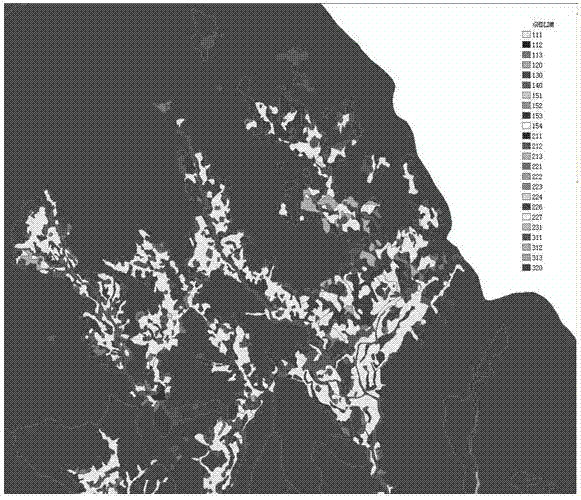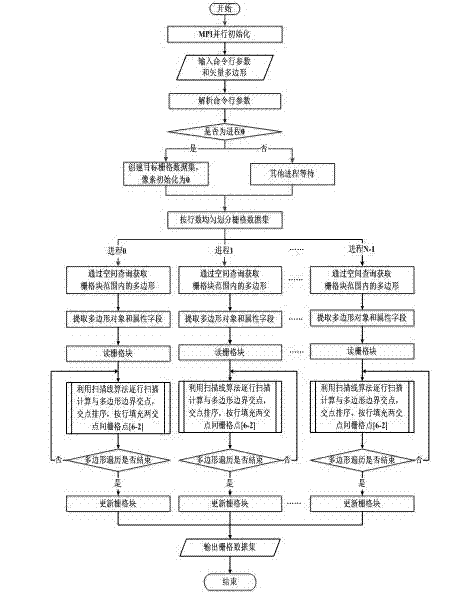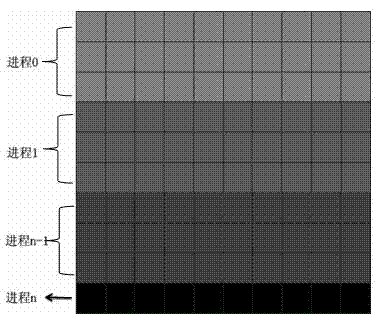Polygonal rasterisation parallel conversion method based on scanning line method
A conversion method and polygon technology, applied in special data processing applications, instruments, electrical digital data processing, etc., can solve the problems of long running time and low efficiency of vector data, and achieve the effect of shortening time, narrowing scanning range and improving efficiency.
- Summary
- Abstract
- Description
- Claims
- Application Information
AI Technical Summary
Problems solved by technology
Method used
Image
Examples
Embodiment 1
[0045] In this embodiment, the specified source data is the land status survey data of Changsha City, China, and the regional scope is 111.877 degrees west longitude, 114.256 degrees east longitude, 27.836 degrees south latitude, and 28.666 degrees north latitude; the total area of the region is 11819.46 square kilometers. The data format is ESRI shapefile format, the total number of spots is 692177, and the data volume is 938MB. The spatial reference system of the data is the 1980 Xi'an coordinate system. Partial picture such as figure 1 shown. This embodiment is specifically implemented according to figure 2 The technical route shown, using as image 3 The data parallel strategy shown is developed under the Microsoft Visual Studio 2008 development platform using the standard C++ programming language, and implemented in the MPI parallel environment. The read and write operations of vector and raster data are realized through the open source geographic data format conve...
PUM
 Login to View More
Login to View More Abstract
Description
Claims
Application Information
 Login to View More
Login to View More - R&D
- Intellectual Property
- Life Sciences
- Materials
- Tech Scout
- Unparalleled Data Quality
- Higher Quality Content
- 60% Fewer Hallucinations
Browse by: Latest US Patents, China's latest patents, Technical Efficacy Thesaurus, Application Domain, Technology Topic, Popular Technical Reports.
© 2025 PatSnap. All rights reserved.Legal|Privacy policy|Modern Slavery Act Transparency Statement|Sitemap|About US| Contact US: help@patsnap.com



